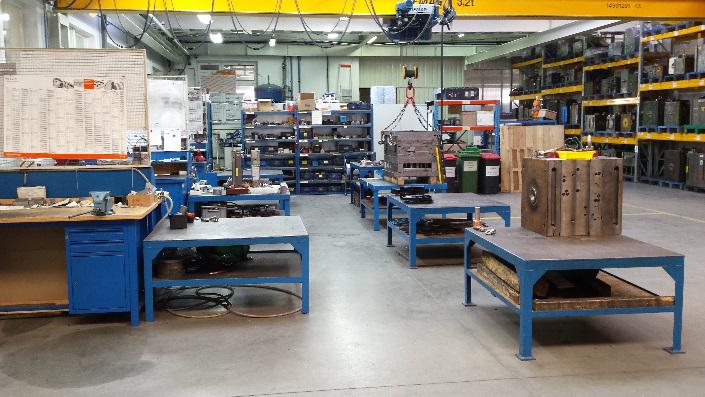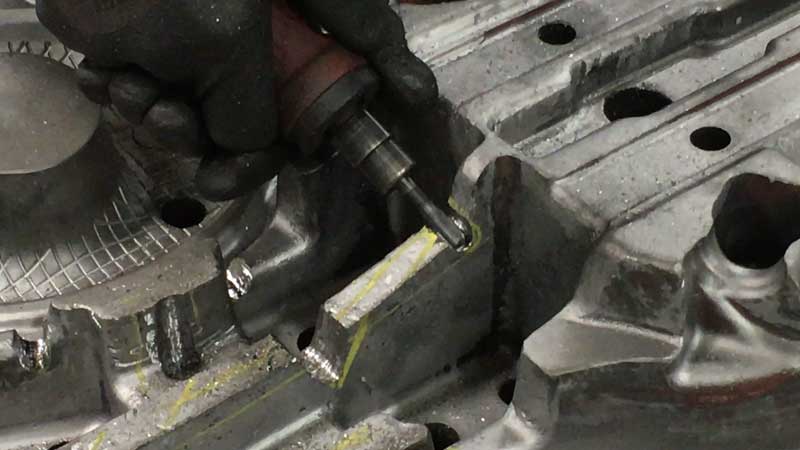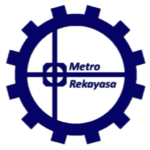Description
1. PM PREPARATION
A critical part of any mold maintenance plan is to provide the technicians a historical summary of past issues and corrective actions so they may be aware of longstanding or unresolved issues during repairs. Unfortunately, some technicians skip this first stage until after they get a mold disassembled—and then they stop to research a problem whenever they see or feel something they don’t like.
For instance, if you remove 16 ejector pins from a mold and notice that a couple of them feel tight, will you remember which ones were tight later on, when you peruse past records to discover that galling pins have been a problem for the past five production runs? Knowing this information before you split or disassemble a mold removes some of the guesswork involved when looking for the root cause.
2. MOLD DISASSEMBLY
Molds should never be arbitrarily disassembled without a specific level in mind. To do so is to invite excessive handling of tooling components or over-maintaining a mold, which increases the opportunity for damage and wastes man-hours. Time-based mold disassembly levels (based on cycles, hours, days, or parts produced) should be established to optimize bench time.
Three disassembly levels are typical in the industry, with a fourth sometimes being a complete mold rebuild. Those usually practiced are Wipe-down, General, and Major Disassembly.
3. TROUBLESHOOTING
Accurate and efficient troubleshooting of past and current defects is based on a repair technician’s ability to understand and relate existing processing and production conditions (as revealed by tooling wear marks and residue characteristics) to historical data. Issues should be segregated (long gates, specific flash etc.), analyzed, and then corrected one at a time.
4. CORRECTIVE ACTION
Effective, efficient, reliable, and professionally implemented corrective actions depend on a repair technician’s shop culture, experience, tools, and skill level. As problems are addressed and resolved, the stages of troubleshooting and corrective action work hand in hand until all issues have been resolved or a next action determined.
5. CLEANING
At this stage, put away all measuring instruments and hand tools and focus on how best to clean the tool. The type, frequency, and method of cleaning molds should be based on cycles, hours, or production in conjunction with mold-specific factors (resin, residue, vent location and capacity, tooling concerns, etc.) that will dictate the cleaning level and process.
6. ASSEMBLY
Accurate mold and tooling component assembly is a critical step in mold repair—and is the origin of many preventable, unscheduled mold stops (breakdowns). Poor workmanship and mistakes are usually a result of too much speed, lack of focus or physical skills, and disorganized work habits. If several repair techs are involved in the assembly of a mold, communication breakdowns between them can require the mold to be disassembled yet again to correct an oversight or install something that was forgotten.
7. FINAL CHECK
Before any mold is released for production (“blue-tagged”), it is imperative to put the mold through a series of final-check bench procedures to verify “All Systems Go” and minimize any opportunities for the mold to be stopped and returned to the shop for something that should have been caught before it was released. Water leaks, heater problems, etc., can be avoided with a final-check procedure.
8. STAGING
After a mold has been cleaned, repaired, changed over, and final-checked, it needs to be given a new status and moved to one of three areas—typically racked in holding/storage area, reset in the press, or staged as a back-up mold in a molding-cell operation. It could also go to an outside vender for rebuild or production. You should know where your molds are.
These mold repair stages are absolutely sequential and should not be mixed up or rearranged. Actions required and taken in each of the eight stages depend on the preceding stage. Accurate data from prior stages is needed to establish clear objectives in subsequent stages.
Working in a systemized, staged manner promotes a professional approach that rewards technicians with more efficient, effective, and consistent results—and, ultimately, higher profits for the company.










